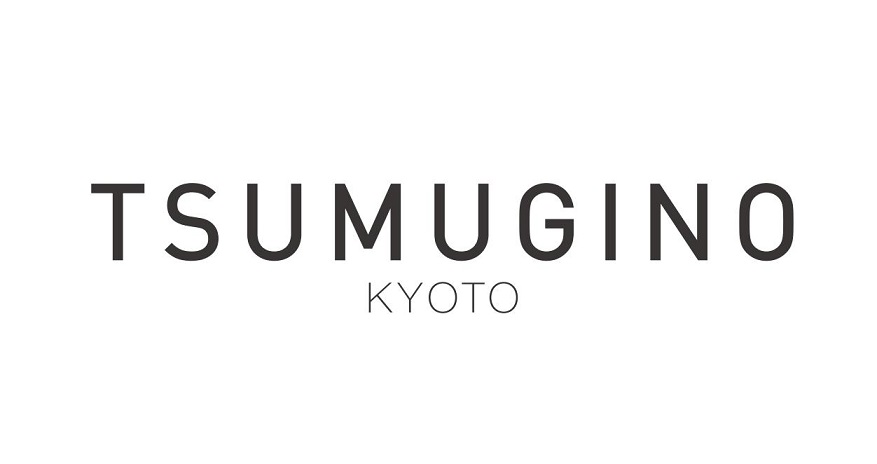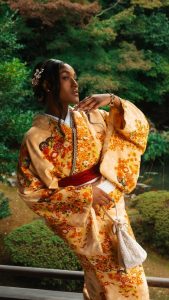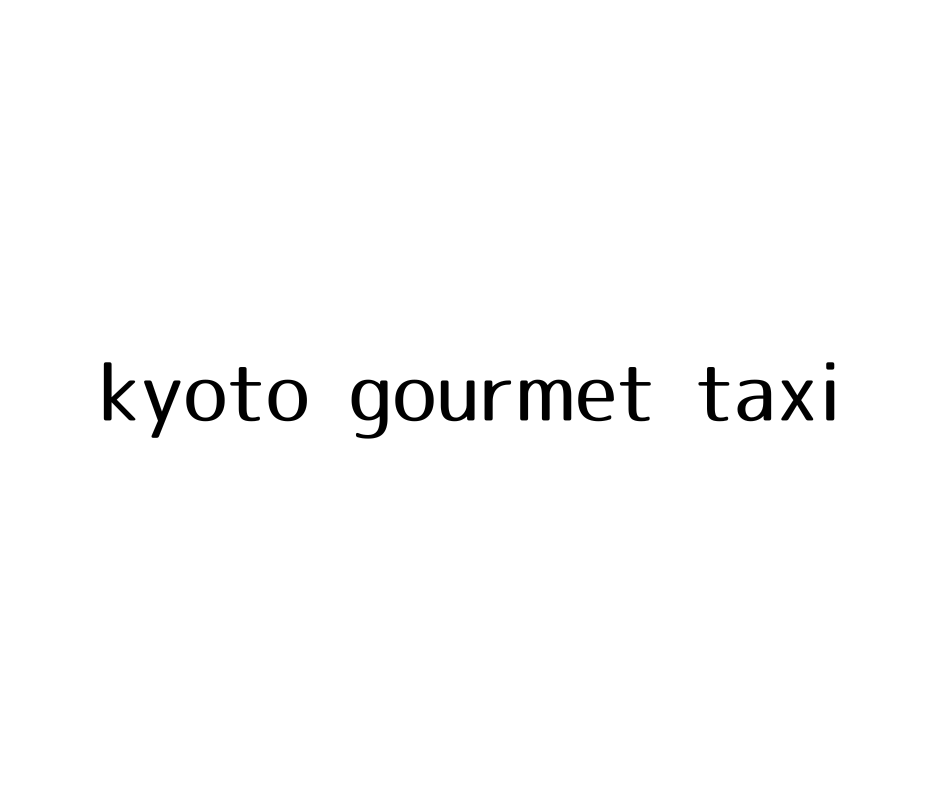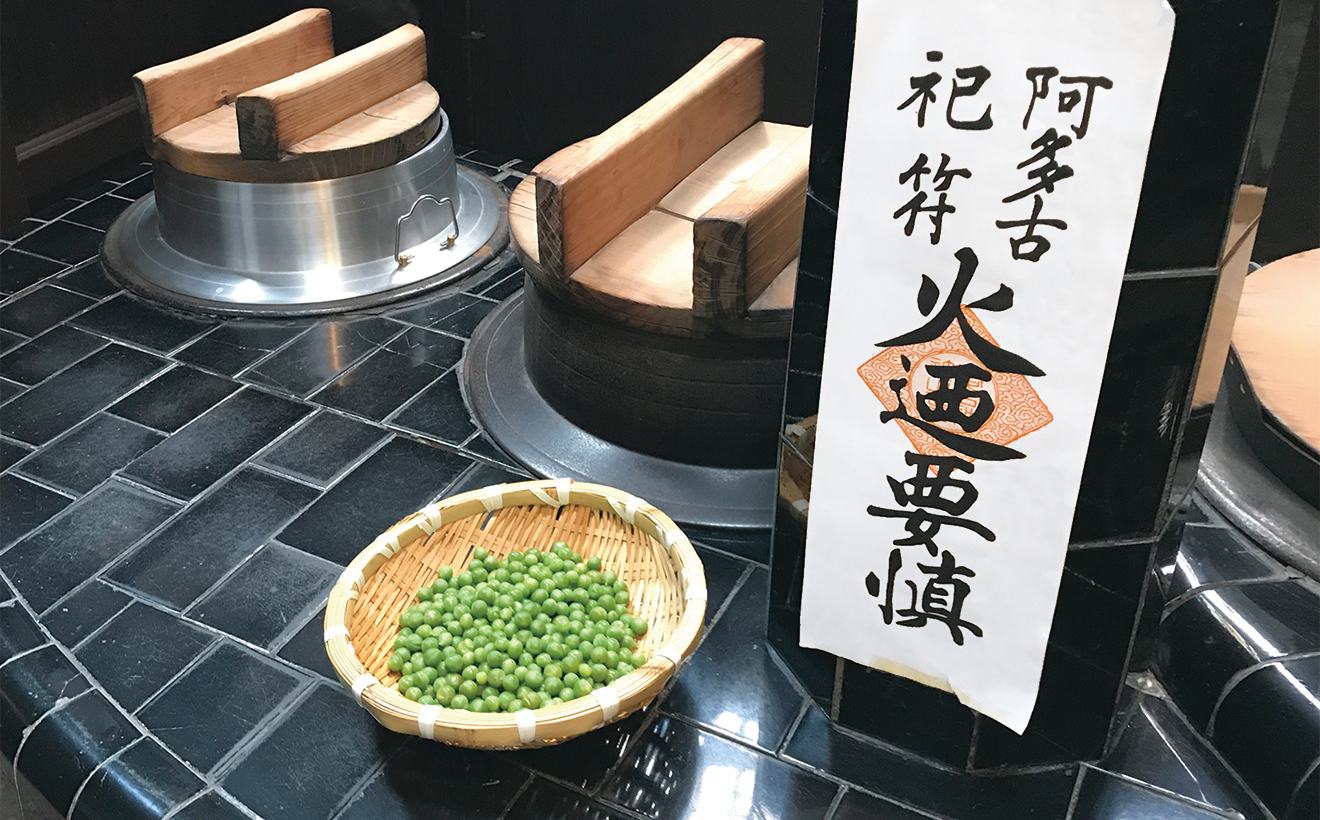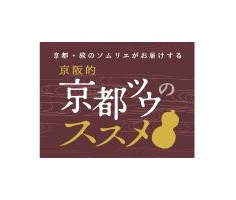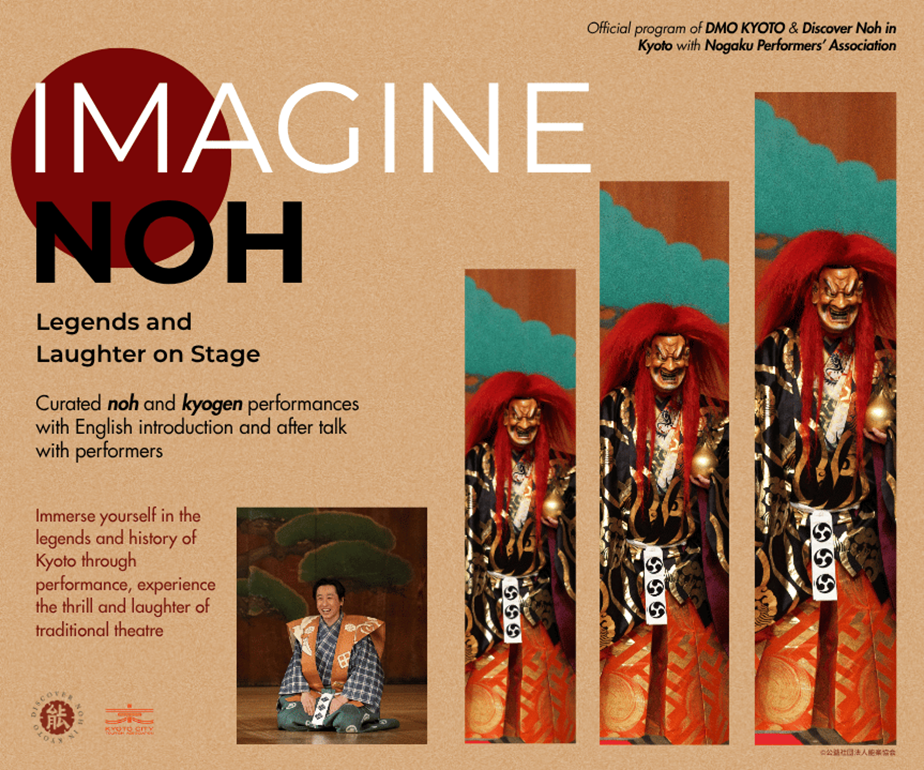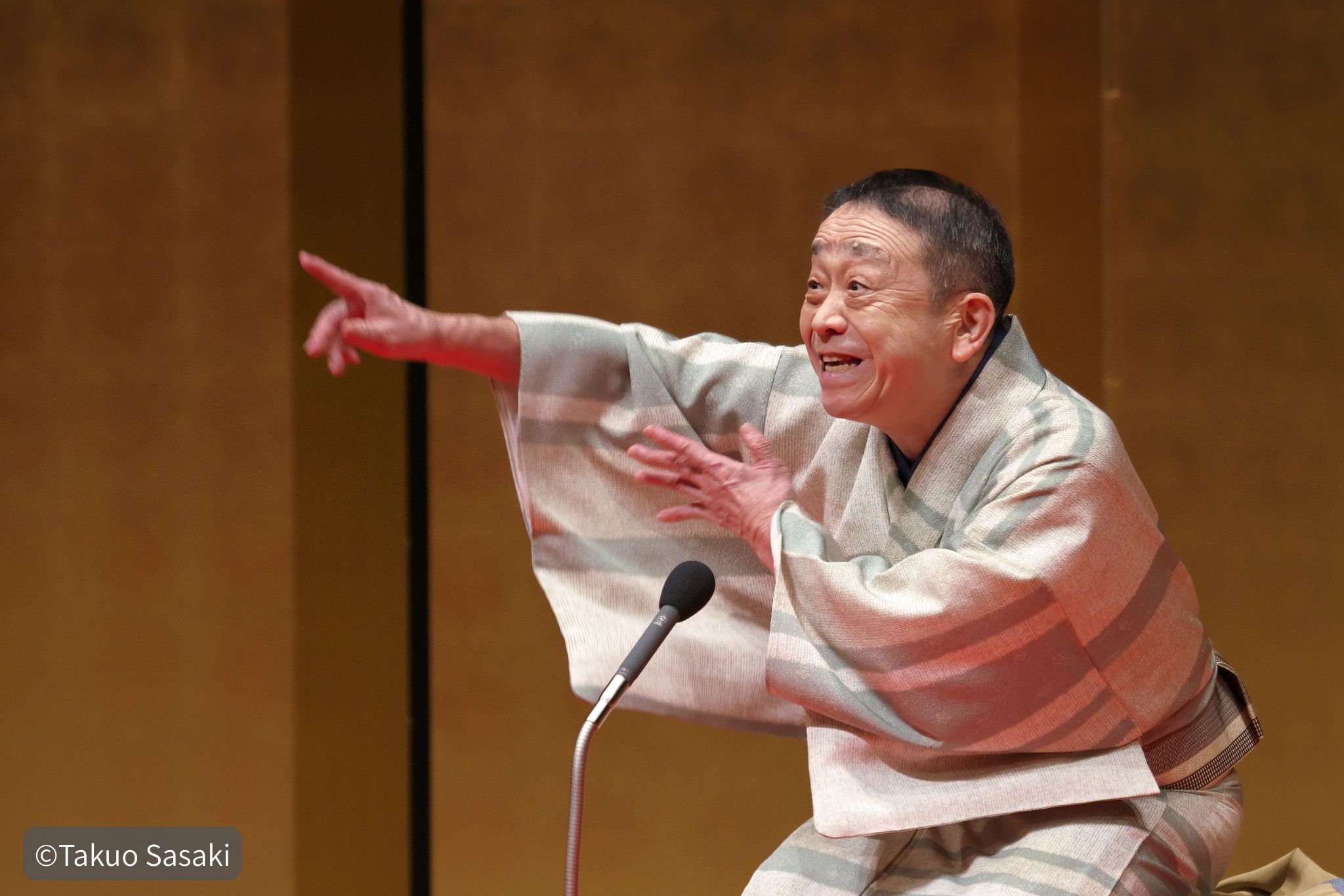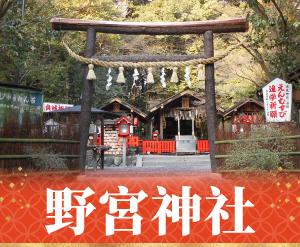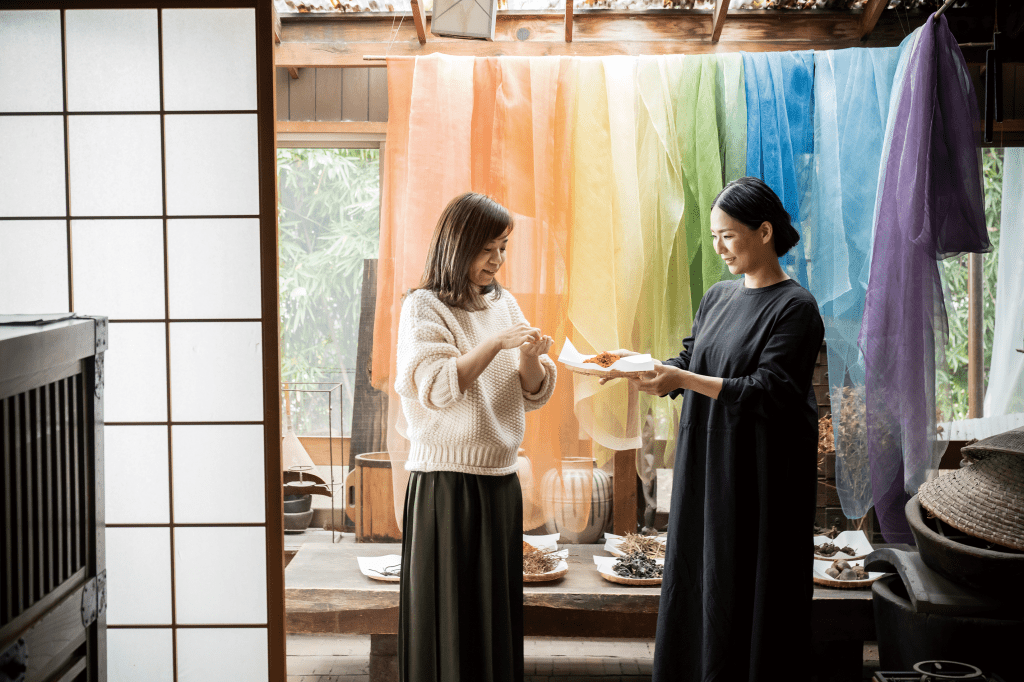
NEMOHAMO BEAUTY 營業部長市宮可乃衛(左)和染髮師兼第六代吉岡染髮師吉岡更紗(右)
尼莫哈莫
NEMOHAMO 是一家來自京都的有機化妝品品牌,採用精心種植的有機植物的提取物,從根、葉到莖、花和果實。他們的關鍵材料是 大種仁人 或“人參”,一種 和漢是日本和中國醫藥的融合,他們自 2019 年 12 月開始推出產品。
吉岡更紗
吉岡薩拉莎 (Sarasa Yoshioka) 是一位紡織染色師,也是京都染之司吉岡 (Somenotsukasa Yoshioka) 的第六代掌門人。在服裝店擔任銷售代表後,她在愛媛縣西予市絲綢博物館花了大約兩年時間學習染色、織布、養蠶、繅絲和製絲。 2008 年,她回到京都,開始與父親吉岡幸雄 (Sachio Yoshioka) 一起從事天然染色工作。她從事的工作範圍廣泛,包括為酒店和機場創作藝術品以及在古老神社和寺廟舉行的年度活動創作藝術品。
懷著對植物恩賜的感恩,穿上永恆的美麗
Kinue Ichimiya 負責傳達 NEMOHAMO 的使命,NEMOHAMO 是一個使用全植物來展現每個人皮膚自然美的有機化妝品品牌。 Sarasa Yoshioka 是一位染色藝術家,她只使用天然材料就能創造出各種各樣的色彩。我們訪問了兩位朋友,了解了他們對植物的看法,而植物對於他們的工作和產品來說都是大自然不可或缺的禮物。
學習經過時間考驗的智慧,從植物的力量中獲益
—— 那麼,Kinue,前幾天去祇園的染之司吉岡京都店感覺怎麼樣?
鬼須 (以下簡稱「K」):我一走進商店,就看到了這些美麗的顏色。這一天我忙得不可開交,甚至沒有時間吃午飯,但當我走進辦公室時,我感覺自己突然可以深呼吸,思緒也回到了當下。簡而言之,我感覺自己恢復了活力。這可能是大自然的力量嗎?
薩拉薩 (以下簡稱「S」):我們的染料主要使用與植物能量相關的植物和天然材料。天然染料有很多種,包括植物染料,但在我們的工作室,我們只使用根據舊記錄顯示經過人們長期測試和選擇的染料材料。我們只想使用那些至少在一千年的時間裡被證明對心臟有治療作用並且與人類生活和諧的材料。
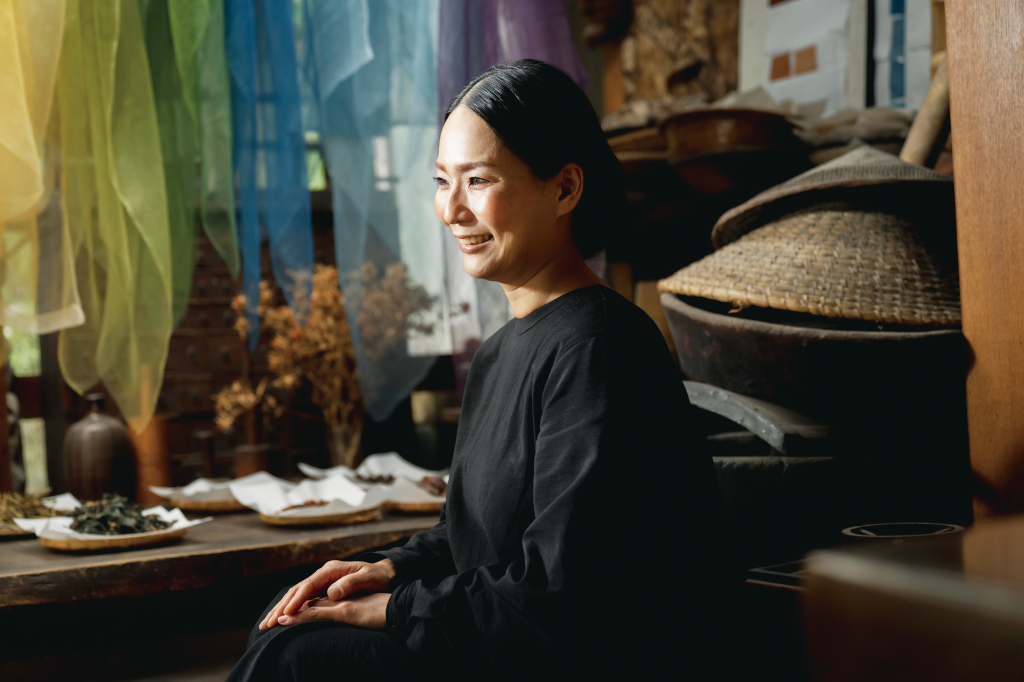
為我們的日常生活傳遞美麗故事的產品
- 我懂了。因此,您使用植物作為染料材料,而對於 NEMOHAMO 來說,它們是有機化妝品的成分。你們每個人是如何收集植物的?
秒:我親手收集了一些,還有一些從染料商店收集的。還有一些是作為中藥進口的,我經常透過藥廠採購。此外,有些植物來自與我們有合約的農場。例如,大分縣的一個農場為我們種植紫草。這種植物在日本已幾乎滅絕,而且很難在野外採集。農場曾經一度停止種植,但大約二十年前又恢復了種植,從那時起我們就一直在合作。根據古籍記載,大分縣自西元 8 世紀奈良時代就開始栽培紫草。其色素含量豐富,呈現的紫色比進口的更美麗。
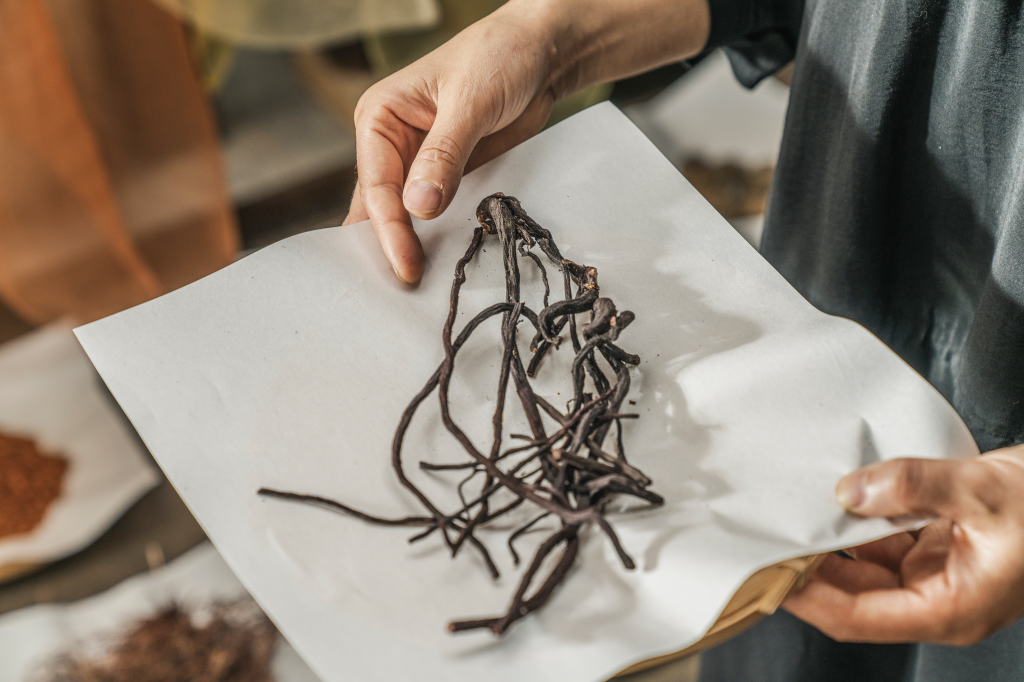
乾燥的紫色紫草根。它們散發著淡淡的酸味香氣。
鉀:NEMOHAMO,顧名思義,利用根、葉、莖、花和果實——簡而言之,整株植物來製作產品。 (從字面意義上講,「nemohamo」 在英語中大致是「根、葉和所有一切」。)我們使用的許多植物都生長在福岡縣的公司農場和里山(日本城鎮/村莊附近的丘陵/山脈,在這些地方農業、林業等以傳統方式進行,沒有過度的土地開發),我們從農場旁的工廠獲得新鮮的提取物。我們品牌的主要工廠是 大種仁人,已被用於 和漢 長期服藥。我們與長崎對馬島的一家農場簽訂了合同,他們種植有機產品 大種仁人 對我們來說。我們非常感激,因為如果沒有這些生產商,我們就無法穩定地提供百分之百天然的化妝品。當然,我們也非常感謝越來越多的人使用我們的產品。
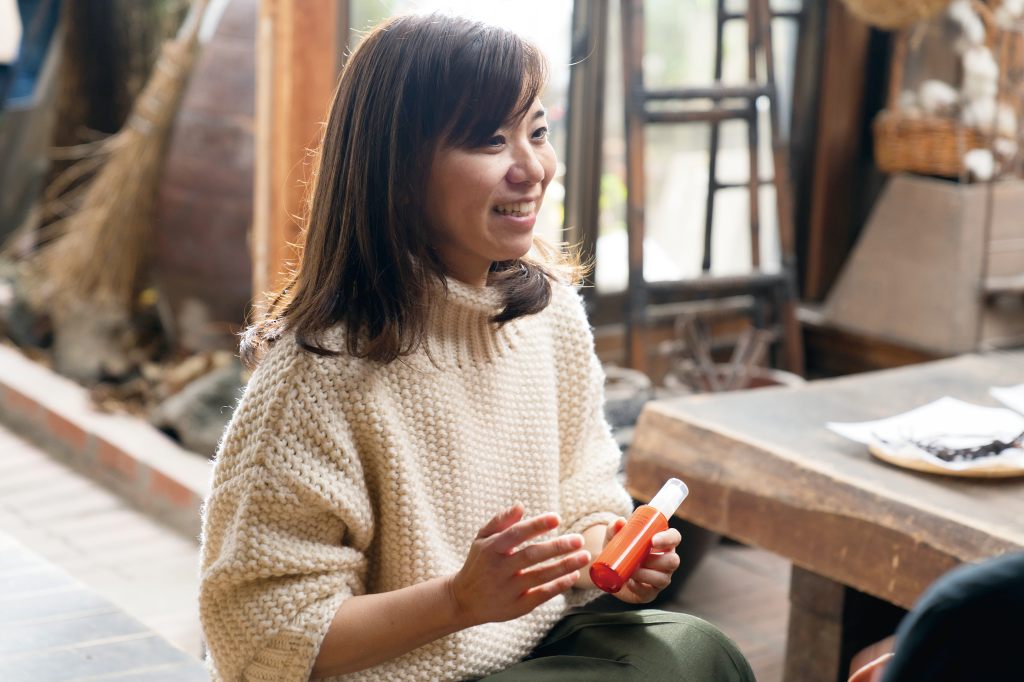
與自然、材料和生產者的聯繫帶來連貫的價值
鉀:能夠自信地向顧客解釋生產者如何種植植物以及使用什麼提取方法來製造產品,真是一件樂事。 Sarasa 您嘗試的增強油是使用我們原始的精煉方法製成的,該方法涉及多階段加工山茶花、米糠和人參。產生的油由小分子組成,它可以調理皮膚,使乳液或爽膚水更容易滲透。可以這麼說,它是一種滋潤皮膚的油。它怎麼樣?
秒:用過幾次之後,感覺非常棒!有人告訴我,像和漢藥一樣定期使用它至關重要,但我發現它很快就見效了。我還使用了抗衰老護理乳液,我認為它裝在可再填充的容器中很不錯。
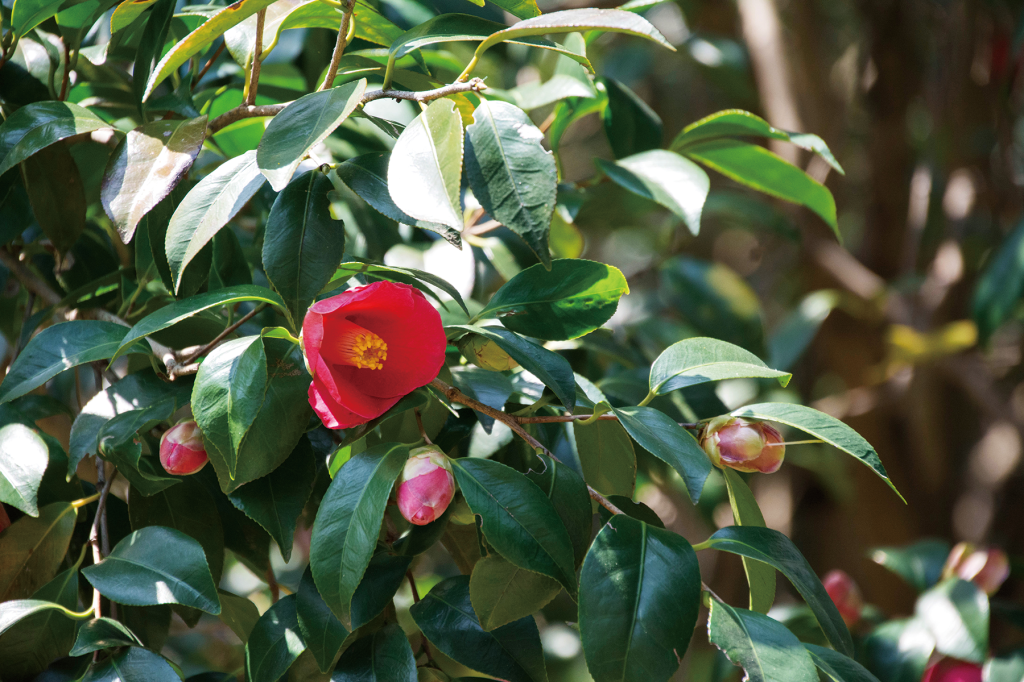
NEMOHAMO 公司農場裡生長的山茶花。採用冷壓工藝製成增強油。
鉀:是的,我們使用補充袋來減少塑膠廢物,我們使用環保紙來製作盒子。透過參觀我們工廠所在的福岡縣里山,您可以真正感受到有機化妝品是大自然的禮物。您可以看到,自古以來,這片美麗的荒野孕育著植物,是包括我們的化妝品在內的一切祝福的工廠。然而,近年來氣候變遷導致的不利天氣使穩定生產的希望變得岌岌可危。我們必須與生產者密切合作來保護植物。
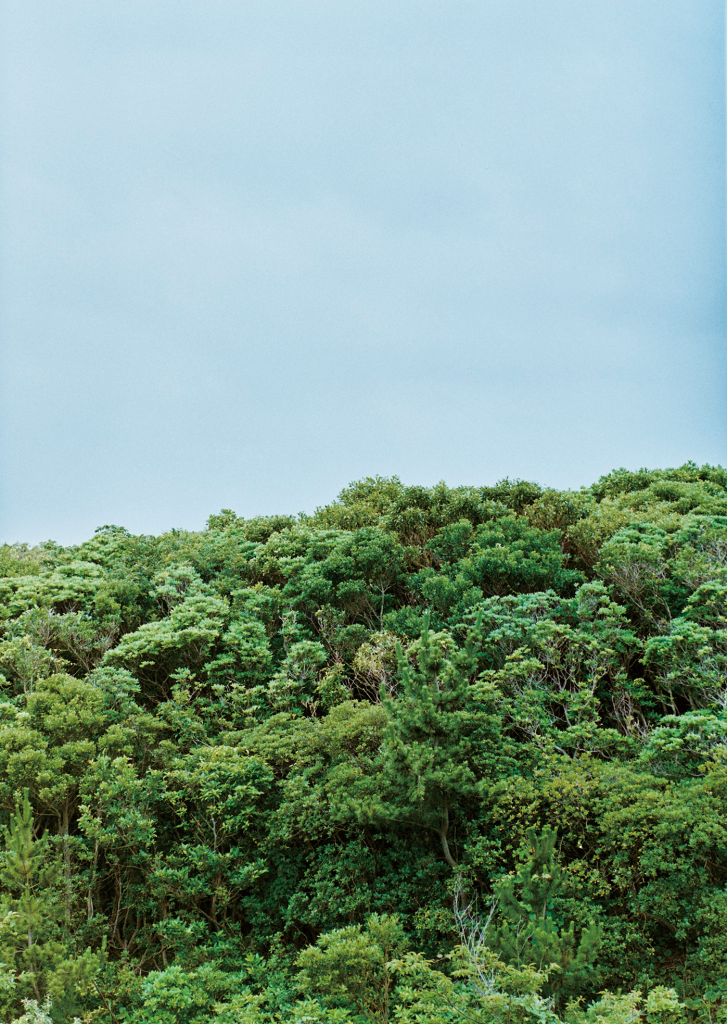
秒:我同意;與生產者建立聯繫非常重要。我試圖傳播色彩的力量以及紡織品染色的歷史和背景,包括我透過訪問生產現場從生產商收集的資訊。來我們店裡的顧客有時會詳細詢問染料的名稱和生產方法,我會盡可能滿足他們對天然染料的興趣。我認為我的任務是讓人們了解紡織品染色的奇妙特性,也就是呈現大自然產生的美麗色彩。
NEMOHAMO 公司商店
電話:075-352-3712
GOOD NATURE STATION 京都府下京區河原町通四條田2稻荷町318-6 3樓
營業時間:11:00~19:30(不定期休館)
https://nemohamo.com/shop/default.aspx
*此資訊可能會根據包括 COVID-19 在內的安全措施而變更。請查看網站以獲取最新資訊。
